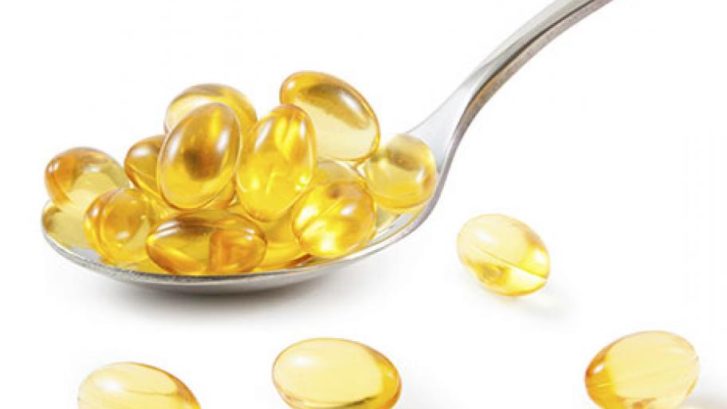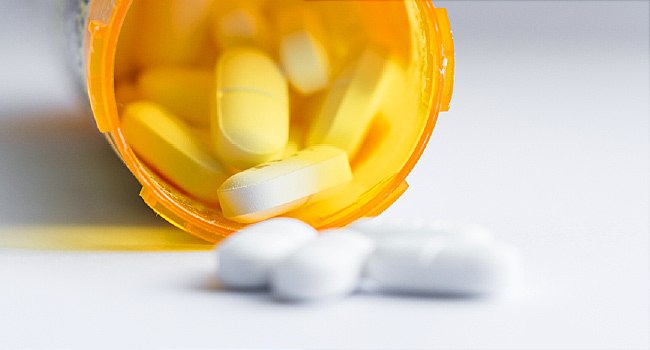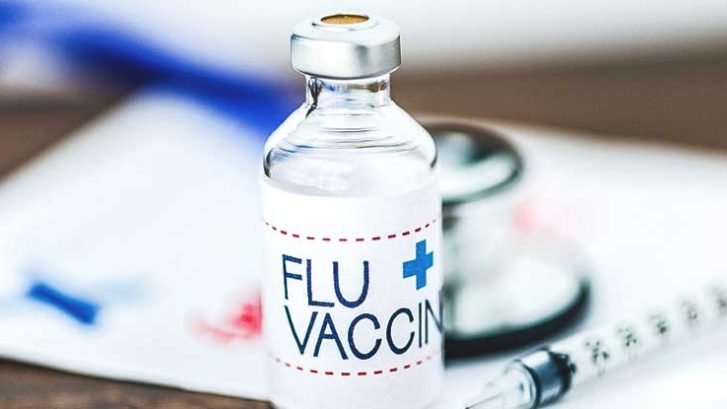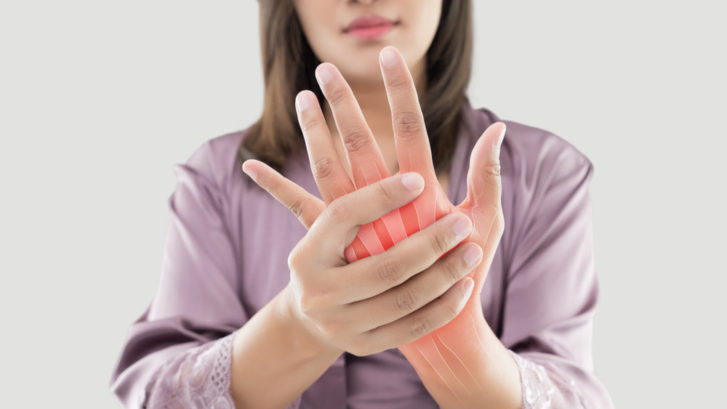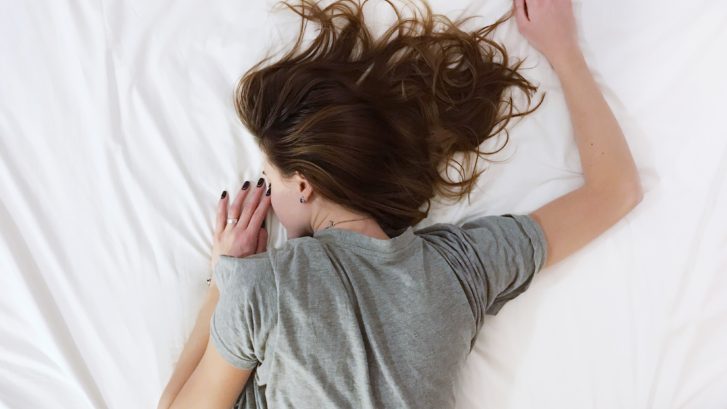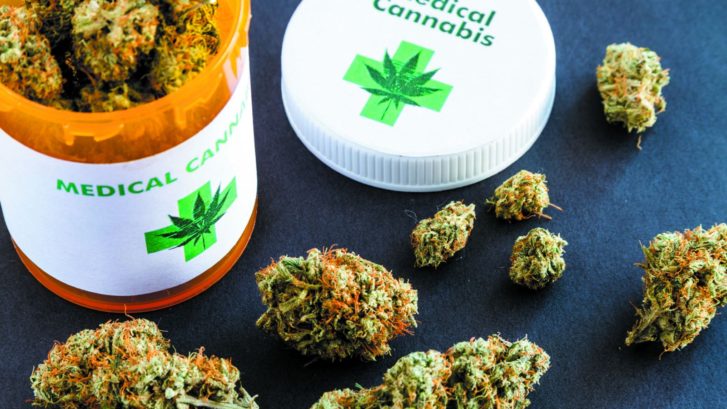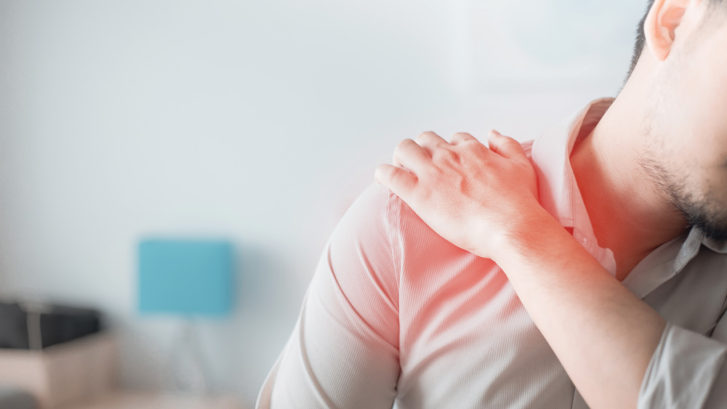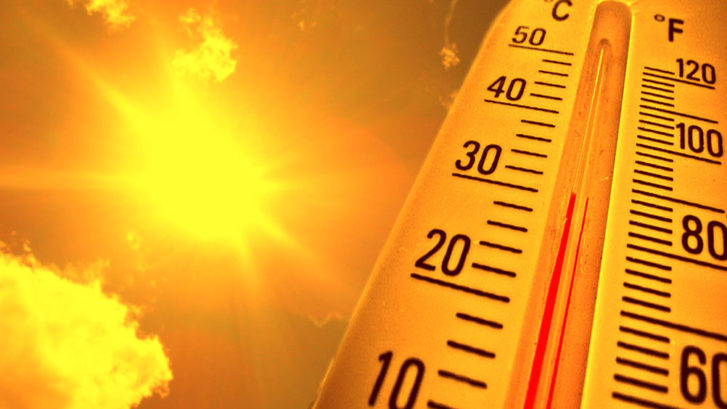If our concierge primary doctors at MD 2.0 in Jupiter could pinpoint a single factor that is responsible for more illnesses than any other, it might be inflammation. This is the result of various attacks on the body by irritating or even harmful stressors on the body, such as pathogens, injuries, or poor lifestyle habits. The body then tries to heal the resulting tissue damage by rushing white blood cells and their protective chemicals to the site.
Thus, inflammation is necessary to keep the body healthy. But when the body is repeatedly assaulted by various harmful stimuli, the inflammation never ends and can eventually cause long-term damage.
What is inflammation?
There are two types of inflammation: acute and chronic. Acute is the healthy kind, in which the body mounts a defense against sudden injury or illness like the flu. Chronic is the dangerous kind, in which the body spends months or even years attempting to fight off constant, lower-level threats, such as pollution, poor nutrition, and the effects of ongoing stress.
A cause, not just a result
Because inflammation is seen with injuries, people used to believe it was the result of disease or illness. But over the years, it became more apparent that inflammation actually caused numerous chronic and deadly diseases.
Some of these include:
- allergies
- Alzheimer’s
- anemia
- asthma
- cancer
- Crohn’s disease
- colitis
- depression
- diabetes
- gout
- multiple sclerosis
- Parkinson’s
- Polycystic Ovarian Syndrome (PCOS)
- psoriasis
- rheumatoid arthritis
- wrinkles and other signs of aging
Inflammation linked to heart disease
The deadliest condition that was recently confirmed to be linked to inflammation is cardiovascular disease. Cardiovascular disease (CVD) is the leading killer not only in the United States, but also worldwide, claiming the lives of 634,000 people in this country and 15 million people around the world in 2015.
The connection between inflammation and atherosclerosis (“hardening of the arteries”) has been suspected since the 1800s. No definitive research had actually confirmed this hypothesis, however, until a study released in 2017.
Known as CANTOS, the study included over 10,000 patients who had previously suffered a heart attack and were then were given a drug meant to reduce inflammation. The drug, which costs about $200,000 per year, is not only prohibitively expensive, but its fatal side effects offset any gains in cardiovascular mortality reduction.
So why were cardiologists so excited about this research? Because it proved that reducing inflammation in the body will result in fewer heart attacks. (The drug also proved effective against certain forms of cancer, another illness thought to be tied to chronic inflammation.)
The drug had no effect on cholesterol, which is what is reduced with the use of statins, thus proving that inflammation reduction was solely responsible for the mortality reduction seen in the study. In reducing inflammation and demonstrating a marked decrease (15%) in cardiovascular events or death, it paved the way for possible development of safer, less-costly drugs that can accomplish the same thing.
Prevention is the best route
Of course, we can intervene medically with various drugs and treatment that can address all these illnesses and diseases, but the best treatment is to reduce inflammation before it causes a problem.
Some causes of chronic inflammation are beyond our control. These include environmental pollutants and certain genetic factors.
But many other causes are within our control. Here are some steps you can take to reduce chronic inflammation throughout your body.
- Quality sleep
Sleep is when the body lowers cortisol and repairs the damage to cells encountered during the day. Seven to eight hours nightly is optimal.
- Exercise
When you engage in moderate-intensity exercise for two hours and thirty minutes every week, the cells release a protein called Interleukin 6, which has an anti-inflammatory effect throughout the body.
- Healthy diet
Poor-quality foods—sugar, salt, fats, processed foods—all trigger inflammation throughout the body. Opt instead for fresh fruits and vegetables, nuts, high-quality/low-fat protein, whole grains, beans and legumes, and water.
- Stress reduction
Chronic stress causes the body to react with chronic inflammation as it tries to “fight off” what it perceives as an invader. Relaxation exercises, deep breathing, meditation, yoga . . . anything that helps reduce stress will also reduce inflammation.
- Stop smoking
Every puff of a cigarette triggers inflammation throughout the cardiovascular system.
If you’d like more information on inflammation’s effect on the body and how to combat it, please talk to us.

